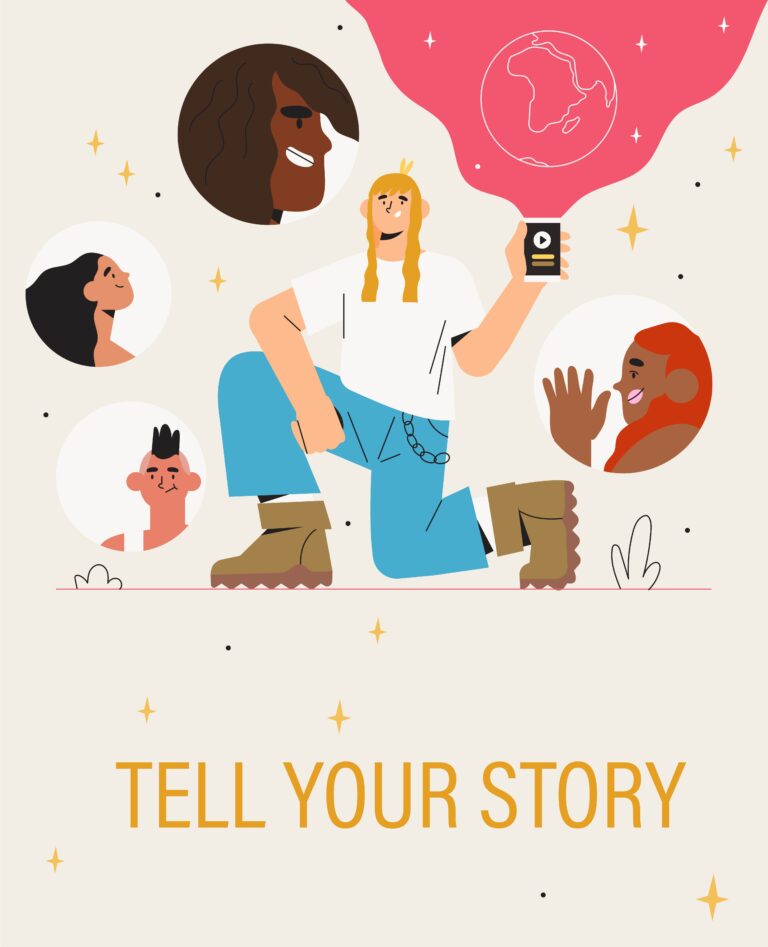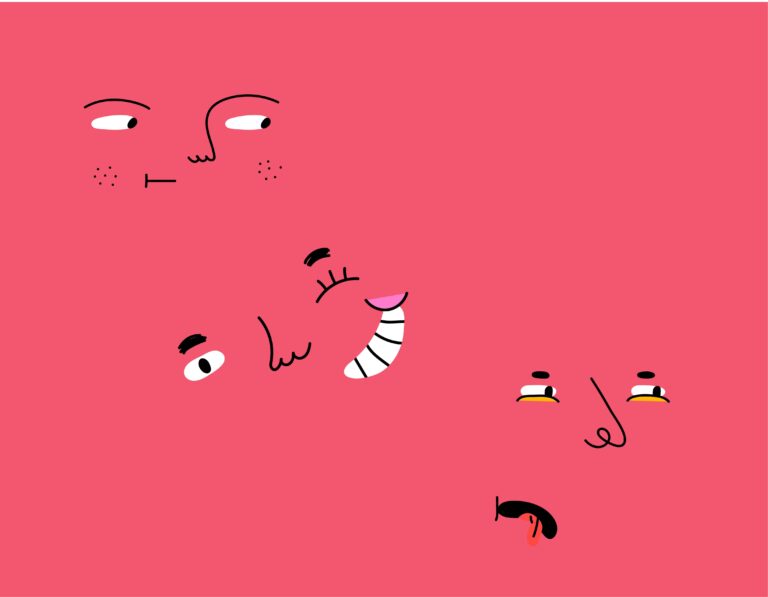
As someone who identifies as queer, accessing queer-affirming storytelling has been an incredibly transformative experience for me. It has provided a safe and empowering space where I can see myself represented and understood. Through queer affirming storytelling, I’ve encountered a plethora of narratives that reflect the diverse and forever changing spectrum of queer experiences; fostering a sense of belonging and validation. I’ll never forget watching the musical “Kinky Boots,” it was the first time as a teenager that I had encountered positive and unapologetic queer storytelling and that moment made me feel comfortable enough to embark on my own queer self exploration. Queer stories like this have not only helped me embrace my identity with pride but also enabled me to connect with others who share similar journeys. The impact of queer storytelling on my life is profound – it’s not just about consuming content, but about finding a community, gaining self-acceptance, and realizing that my story matters too.

This realization has led me to share personal stories and insights through platforms like blogs and social media. My first article for It Gets Better Canada, “I’m not coming out of the closet” delves into my personal journey of discovering my sexuality in the face of bullying and societal pressures. It was such a cathartic and freeing experience to not only put my story into words but have it published for like minded individuals to read. After publishing this article I’ve had countless messages of hope and gratitude from youth all around the world who claim my story inspired them to either come out or take control of their queer narrative. I released this article to share my story so someone out there would know they were not alone.
Together, we can continue to harness the strength of digital spaces to uplift and amplify diverse voices within our community.
Telling a story can be a form of journaling, reflection, and self-expression, but it can also encourage others to act. If you want your story to make an impact and push meaningful social change, here are some tools you can use to make it more effective.

This means you need to know who you’re talking to and what you want from them.
E.G: “I want to encourage young people to get involved in their school’s GSA. My audience are high school students. The issue is that not enough young people are involved in their community, and my goal is to get more students to join their GSA.”

Next step is to find a personal story that will engage your audience and explain to them why this goal is important.
E.G: “I had a hard time connecting with other students, but when I joined my school’s GSA, I immediately made friends and was empowered to speak up for what I believe in.”

A multimedia approach enhances online storytelling by appealing to diverse senses and learning styles, creating a more immersive and engaging experience for the audience. Consider using pictures, soundscapes, videos and other forms of media to enhance your readers’ engagement.

You can have an amazing story, but if your audience can’t connect to it, it loses its impact.
Using accessible language that your audience can understand, utilizing words that describe how you were/are feeling, researching statistics to support your feelings, and being clear about what you want the reader to take away are all strategies to get people to connect with your story.
Having an online impact allows individuals and groups to express themselves in diverse and creative ways. During this section, reflect and consider the importance of creating a digital impact as a queer individual.
Online platforms offer a wide range of mediums such as text, images, videos, audio, and interactive elements. This variety enables people to convey their messages, emotions, and stories through the medium that best suits their style. Whether it’s sharing personal experiences, advocating for a cause, or showcasing talents, the digital landscape provides an avenue for authentic and multifaceted self-expression that might not be as easily achievable through traditional means.
The online world breaks down geographical barriers, enabling content to reach a global audience. This unmatched accessibility ensures that messages and stories can resonate with people from different backgrounds, cultures, sexualities and experiences. Whether it’s a niche interest or a universal topic, the internet provides the opportunity to connect with individuals who might not have been reachable through local or regional means.
One’s online impact strengthens communities that revolve around shared interests, values, or identities. Digital platforms provide spaces where like-minded individuals can come together, exchange ideas, and offer support. These virtual communities become safe havens for people who might feel isolated or marginalized in their physical surroundings. This has been especially true for 2SLGBTQ+ youth during the midst of the COVID-19 pandemic, feel free to check out our COVID-19 online hub for tools and resources.
Online impact is a powerful tool for mobilizing groups around a common cause or goal. Social media, online petitions, and digital campaigns can quickly grow support and drive collective action. From raising awareness about social injustices to organizing fundraising efforts for humanitarian causes, the internet provides a platform for people to pool their resources, talents, and energies toward a shared objective. This rapid mobilization can have a significant real-world impact, creating change and driving progress on various fronts. Tyra offers more insight on this in their online toolkit entitled Empowering yourself through online communities give it a read!

